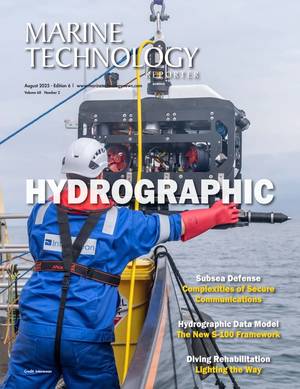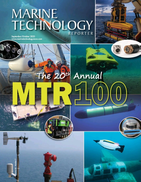Underwater Autonomous Glider Departs to Circumnavigate the Globe
In a world-first for marine science and technology, Teledyne Marine in collaboration with Rutgers University-New Brunswick, will conduct a mission to circumnavigate the globe with an autonomous underwater glider.
Using Teledyne’s ‘Redwing,' the near five-year Sentinel Mission departs on October 10, 2025 following a ceremony at Woods Hole Oceanographic Institution (WHOI), which operates the second largest glider fleet in the world.
Launched from the edge of the continental shelf south of Martha’s Vineyard, Massachusetts, the Slocum Sentinel Glider will gather data on ocean currents, sea temperature and their impact on weather systems and the planet. This data will help refine weather models and improve hurricane intensity forecasting. The data will also help to inform ocean policy and conservation efforts.
Specially built for the mission ‘Redwing’ – an acronym for Research & Education Doug Webb Inter-National Glider – will surf global ocean currents on its epic mission gathering critical ocean data from under-sampled, remote regions of the globe.
Redwing’s first leg will see it ride the Gulf Stream south of Martha’s Vineyard toward Europe, before sweeping south to stop at Gran Canaria off the coast of North West Africa. Its next leg will take it to Cape town in South Africa, before crossing the Indian Ocean to stop at Perth in Western Australia, then on to Wellington, New Zealand. It will then navigate the Antarctic Circumpolar Current — the most powerful current on Earth — taking it on its longest leg to the Falkland Islands. From here there will be possible stops in Brazil and the Caribbean before heading back to Cape Cod in the U.S.
Transmitting information via satellite when it surfaces every 8-12 hours, Redwing will share vital data on ocean temperature, salinity, currents, and ocean health via the National Oceanic and Atmospheric Administration’s (NOAA) global monitoring system. This will ensure that scientists, oceanographers, meteorologists, universities, and even schools worldwide will be able to access real-time results internationally, building interest in the mission.
The Sentinel Redwing is a new class of sea glider, purpose-designed for ultra-long missions across some of the harshest seas on Earth. Specially engineered with extended battery capacity and additional sensor capability, it can travel up to 15,000 kilometers on a single leg.
Redwing will dive to depths of 1,000 meters before returning to the surface to transmit data every 8-12 hours. Using only gravity and buoyancy for propulsion, it flies in a sawtooth pattern through the water, conserving energy for years-long deployments.
Redwing’s carbon fibre hull flexes under pressure, compressing slightly during descent, while its buoyancy is adjusted via an oil pump and pitch battery system. This ingenious design allows Redwing to “surf” rather than fight ocean currents, traveling at an average speed of 0.75-1 knots as it efficiently propels its way forward, enabling it to travel vast distances, staying deployed for longer.
At 2.57m long and 0.33m in diameter, Redwing carries a payload of up to 3.5kg, including:
- CTD sensor (conductivity, temperature, depth/density)
- Altimeter to avoid the seafloor
- Attitude and compass sensors for navigation
- And a fish monitor from Dalhousie University, tracking tagged marine life such as sharks and whales
Teledyne Marine engineers will work closely with more than 50 Rutgers University students at the Center for Ocean Observing Leadership (COOL), who have helped program the navigation software that will guide Redwing across the oceans. Together, they will track Redwing from their shared mission control bases and will keep it on its flight path, making necessary adjustments each time it surfaces throughout the 73,000km journey.

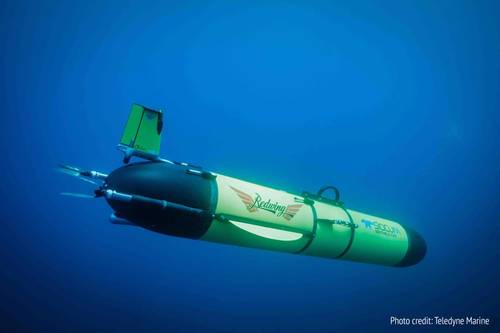
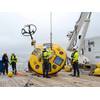
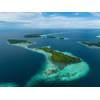
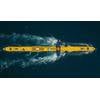

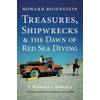








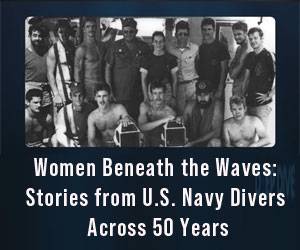
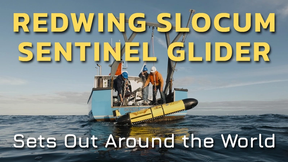
 August 2025
August 2025
